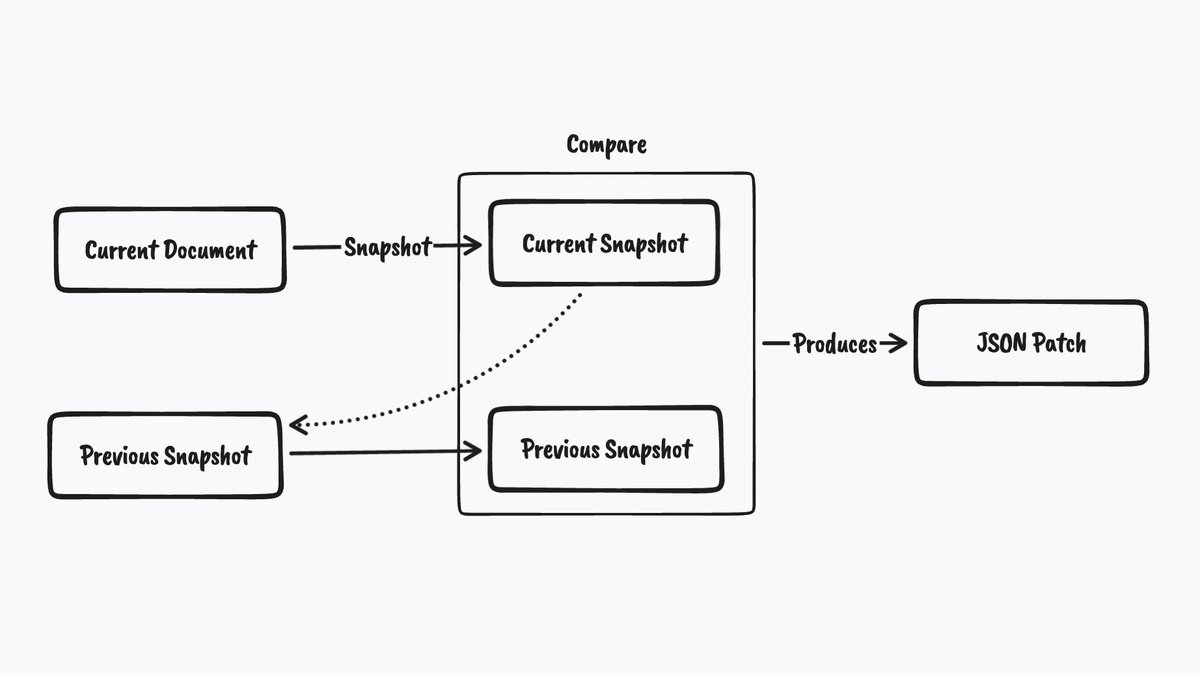
It sort of works like this: each time the user clicks, we fire three events—we fire onPointerDown when they start clicking, then onPointerUp _and_ onClick when the they stop clicking.
We also keep track of a clicking state.
This starts in "idle" and can be either "idle", "pendingDoubleClick", "pendingTripleClick", "pendingQuadrupleClick", or "overflow".
This starts in "idle" and can be either "idle", "pendingDoubleClick", "pendingTripleClick", "pendingQuadrupleClick", or "overflow".
When we a pointer down event, what we do next depends on our current state.
If our state is idle, then we change our state to "pendingDoubleClick". We also set a timer for ~450ms. When that time goes off, it will set the state back to "idle".
If we get another pointer event while we're still in "pendingDoubleClick", we've got a double click! We first fire a single click, then a double click, then clear the current timer and set a new one that, when it goes off, will advance us to "pendingTripleClick".
Repeat for triple click—fire a single click, fire a triple click, clear the timer, move to "pendingQuadrupleClick", and set a new timer.
Repeat for quadruple click—fire a click, fire a quadruple click, clear the timer, move to "overflow", and set a new timer.
The "overflow" state is special! The overflow state prevents us from firing additional events other than regular "click" until there's been at least our ~450ms between clicks. Each click in "overflow" resets the timer but returns us to overflow.
That's the pattern. I'll see if I can work out a nice isolated implementation, but in the meantime here are my tests: gist.github.com/steveruizok/00…
Also—moving the pointer more than a certain threshold (~5px) clears the timer. This prevents accidental double-clicks after finishing a drag.
So "down, move, up, down" should be a single click, even if it happens quickly.
So "down, move, up, down" should be a single click, even if it happens quickly.
Here's a quick CodeSandbox showing how it works: codesandbox.io/s/modest-hamil…
• • •
Missing some Tweet in this thread? You can try to
force a refresh













